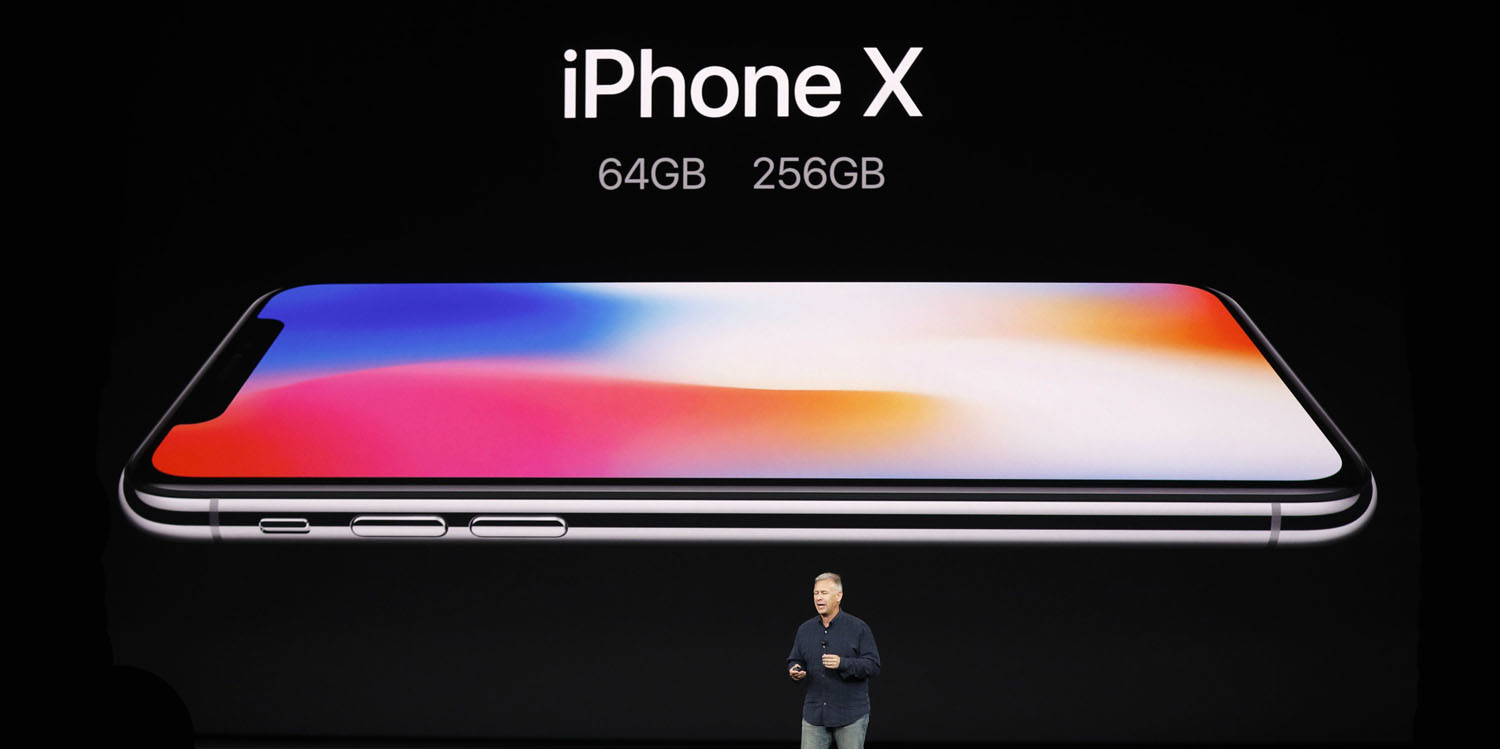
Apple surprised analysts yesterday by reporting better-than-expected earnings, and record revenue for what is always its slowest quarter. Revenue was up 17% year-on-year, significantly above the Wall Street consensus. There was even better news on profit, up 32% on the previous year.
With such dramatic revenue and profit growth at a time when Mac sales are down, you might expect that meant substantial growth in iPhone sales – but that wasn’t the case. Year-on-year, iPhone sales were up just 1% …
The secret was the mix of iPhone models sold. While Apple never reveals the breakdown, it did reveal that the average selling price (ASP) of an iPhone was up from $606 in fiscal Q3 2017 to $724 in the same quarter this year. That’s a huge leap.
And it’s down to the iPhone X. Without giving away any specific numbers, Apple noted that the iPhone X is still the best-selling model.
So Apple’s most expensive iPhone – the one some worried would price the company out of the market – is the one more people buy than any other.
There has been much questioning of how Apple continues to grow as a business when the smartphone market as a whole is flat. When it’s reached saturation point in mature markets, and Apple is struggling to compete with Chinese brands in growth markets like China and India. Yesterday, Apple answered that question.
It does so by continuing to target Apple’s historic core demographic: the top end of the premium market. Apple has proven that, if you make the product sufficiently appealing, you can charge a four-figure sum for a phone – something many said was a laughable idea. It’s the original iPhone and Steve Ballmer all over again.

Of course, the top end of the market alone isn’t enough – Apple also needs to bring a constant stream of new customers into the fold. It achieves that by offering iPhones at a wide range of price points, from $349 up. People buying at the cheaper end don’t make the company much money directly, but they do benefit Apple in three ways.
First, while Apple is still primarily a premium brand, it’s also a relatively mass-market one, and that requires volume sales.
Second, Apple has an extremely sticky ecosystem. Once you’re embedded into it, it’s hard to leave. Someone buying an iPhone SE today is a good prospect for buying a flagship model further down the line.
Third, Apple’s Services revenue is a massive and growing business in its own right. Apple has a stated goal of Services becoming $50B/year business by 2020, and CEO Tim Cook said yesterday that the company is ahead of the game already. Every iPhone customer, at every price-point, is a potential Services customer.
So yes, Apple needs to maintain its wide spread of iPhones, from the mid-market to the top-end – but it’s the iPhone X that is generating the real profits here. Having established that there is a market at every price point, we can expect Apple to maintain four-figure pricing for its flagship iPhones this year and every year. Maybe even testing just how far that top-end price can be pushed.
Photos: Reuters/Stephen Lam; EasySkinz
Check out 9to5Mac on YouTube for more Apple news:
FTC: We use income earning auto affiliate links. More.





Comments